in-store offers
10 of the best
Counterculture on film!
In the tumultuous tide of the 1960s, a cultural revolution swept across the globe, challenging norms and redefining the very fabric of society. At the forefront of this seismic shift was the counterculture movement, a kaleidoscopic wave of rebellion that left an indelible mark on history. Join us as we navigate through the frames of the era, exploring the films that not only reflected but actively shaped an era where the revolution was not only seen but also heard.
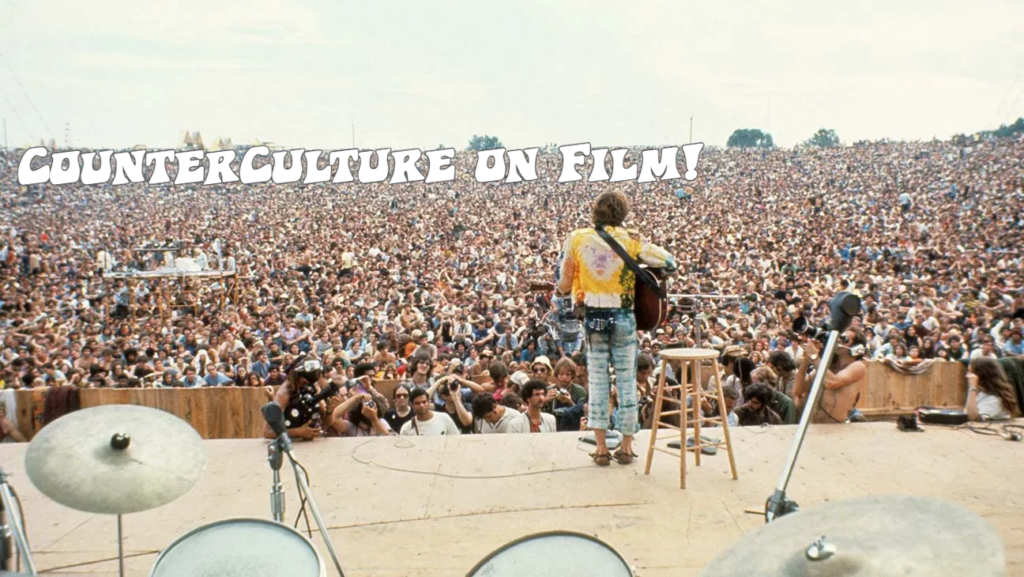
Cinematic depictions of the 1960s counterculture paint a vibrant canvas, vividly exploring societal rebellion, personal liberation, and the quest for identity. Through characters breaking free from convention, these films chronicle the collective spirit of dissent. Dennis Hopper’s Easy Rider (1969) stands as the quintessential embodiment of 60s counterculture, wherein the open road serves as a metaphorical canvas for profound self-discovery. Filmmakers adeptly captured the era’s zeitgeist by seamlessly blending narrative innovation with astute cultural commentary. Documentaries such as Woodstock (1970) and Gimme Shelter (1970) function as time capsules, immortalising the utopian spirit of peace and love while concurrently highlighting the darker undercurrents inherent in the countercultural movement. These films collectively serve as insightful reflections on a transformative period, skilfully navigating the nuances between celebratory exuberance and the sobering realities that marked the culmination of an iconic era.
The counterculture of the 1960s not merely affected the substance of films but significantly transformed the very dialect of cinema, crafting an enduring legacy that serves as a wellspring of inspiration for filmmakers driven to challenge the established norms and encapsulate the profound essence of societal transformation upon the silver screen.
Here are ten of our favourite movies depicting the 60s counterculture…
zabriskie point (1970)
In Zabriskie Point, we follow the meandering paths of Mark and Daria, two disillusioned youths grappling with the societal upheavals of their time. Director Michelangelo Antonioni masterfully captures the zeitgeist of anti-establishment fervour, interweaving threads of love and revolt. Set against the rugged canvas of the American Southwest, the film unfolds amidst the vast expanses of Death Valley, where stark landscapes become a metaphor for the desolation and hope of an era in flux. Antonioni’s lens transforms the desert into a character itself, a silent witness to the protagonists’ journey and the broader socio-cultural tumult. Zabriskie Point is a sensory experience that resonates with the countercultural ethos, the film invites audiences to confront the complexities of a transformative period, where the quest for meaning unfolds amidst the vast, unforgiving landscapes of both the external world and the human psyche.
 The trip (1967)
The trip (1967)
Roger Corman’s 1967 film The Trip is a cinematic plunge into the swirling currents of the counterculture, a hallucinogenic sojourn that mirrors the era’s fascination with mind expansion. Peter Fonda stars as Paul Groves, a disillusioned commercial director seeking meaning beyond the confines of his conventional existence. His journey unfolds under the influence of LSD, guided by the eccentric guru John, portrayed by Bruce Dern. Corman, known for his exploitation films, ventures into experimental territory, capturing the imagery of the psychedelic movement. Fonda’s performance embodies the internal struggles of a man wrestling with societal norms, personal demons, and the quest for self-discovery.
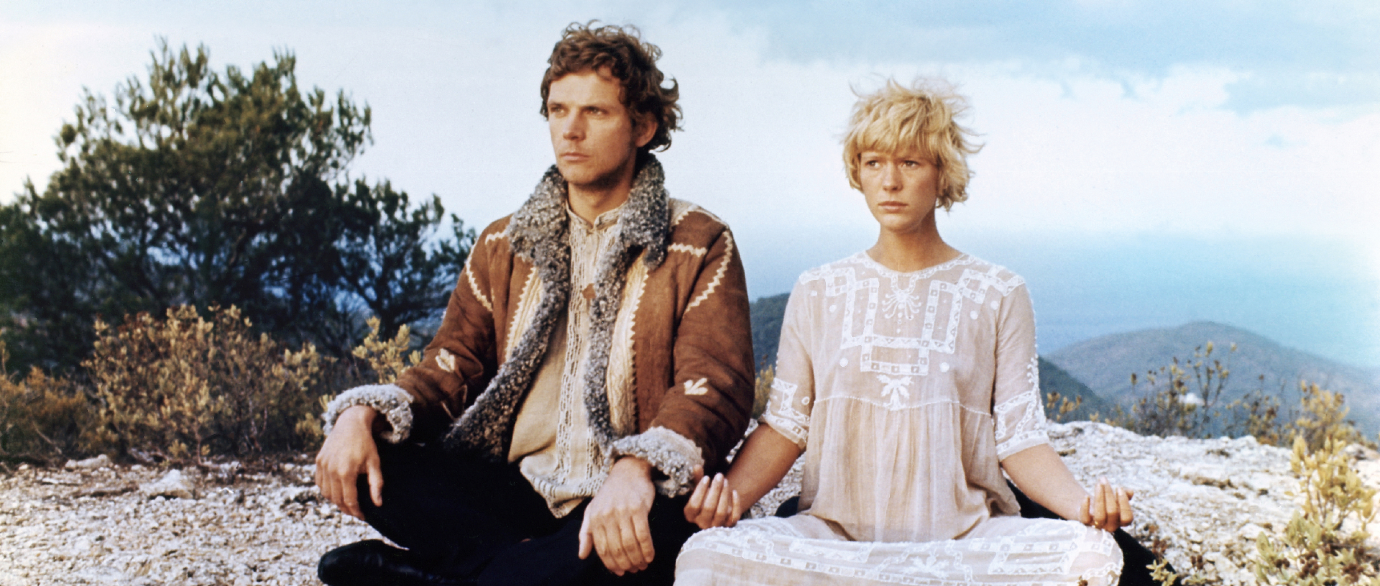
more (1969)
More, directed by Barbet Schroeder observes the escapades of Stefan, a German student portrayed by Mimsy Farmer, and his American companion Estelle, played by the iconic Estelle Parsons, the narrative unfolds against the backdrop of societal upheaval. In their quest for liberation from societal norms, the couple migrates to Ibiza, immersing themselves in the island’s bohemian ethos. Schroeder adeptly captures their hedonistic pursuits, as the characters navigate the terrain of drugs and free love. Noteworthy is the groundbreaking soundtrack courtesy of Pink Floyd, which seamlessly intertwines with the film’s evocative atmosphere, it pulsates through the narrative, and becomes a vital companion to the visual journey, encapsulating the ethos of a generation.
Gimme Shelter (1970)
The 1970 documentary crafted by Albert and David Maysles, alongside Charlotte Zwerin, Gimme Shelter, immerses viewers in the tumultuous saga of the Altamont Free Concert of December 1969. Headlined by none other than the Rolling Stones, and envisioned initially as a symbol of peace and musical camaraderie, the event tragically unfolded into chaos, stained by violence and the poignant death of concertgoer Meredith Hunter at the hands of the Hell’s Angels who were hired to run security. The film thus becomes a chilling chronicle of a well-intentioned event gone awry, offering an unflinching gaze into the complexities of that harrowing night. Gimme Shelter doesn’t merely capture the events; it becomes a haunting reflection on the collision of music, youth culture, and the darker undercurrents that can permeate even the most hopeful gatherings.
 wonderwall (1968)
wonderwall (1968)
Wonderwall thrusts us into the whimsical orbit of Professor Oscar Collins, brought to life by the inimitable Jack MacGowran. A peculiar scientist, Collins becomes ensnared in the allure of observing his beguiling neighbour, Penny Lane, portrayed by Jane Birkin, through a peephole in his apartment wall. As his voyeuristic tendencies unfold, Collins stumbles upon a clandestine realm of experimental tunes and a bohemian lifestyle that sparks his fascination. Accentuating this cinematic journey is the transcendent soundtrack, a musical odyssey crafted by none other than George Harrison of The Beatles. Harrison’s compositions infuse the film with a sonic landscape that amplifies its psychedelic ambience, weaving seamlessly with the visual spectacle. In the hands of director Joe Massot, Wonderwall becomes a sensorial experience, a whimsical exploration of unconventional connections and the vibrant, mind-expanding tapestry of a bygone era.
 easy rider (1969)
easy rider (1969)
Easy Rider follows Wyatt, played by Peter Fonda, and Billy, portrayed by Dennis Hopper, as they embark on a cross-country motorcycle journey from Los Angeles to New Orleans to partake in the revelry of Mardi Gras. The heart of Easy Rider lies in the duo’s iconic chopper motorcycles, cutting through the American landscape and encountering a series of characters that serve as symbolic reflections of the diverse facets of American society. From commune dwellers to hitchhikers, each interaction contributes to the broader commentary on the cultural dynamics of the time. The film becomes a canvas upon which themes of freedom and the quest for an authentic American identity are painted. The open road, with its vast landscapes and uncharted territories, becomes a metaphor for the exploration of self.
 woodstock (1970)
woodstock (1970)
In its immersive portrayal of the iconic festival, Woodstock transcends mere documentation, it’s a powerful testament to the convergence of music. Directed by Michael Wadleigh, his lens provides a comprehensive look at the sprawling festival that unfolded on a farm in Bethel, New York. The documentary skilfully captures the essence of Woodstock, showcasing legendary performances by some of the era’s most influential musicians, including the far-out sounds of Jimi Hendrix, the raw energy of The Who, the soulful wails of Janis Joplin, and the harmonious melodies of Crosby, Stills, Nash & Young. Beyond the musical spectacle, the film delves into the communal ethos that defined the gathering. It unfolds as a visual narrative of half a million individuals coming together for three days, embodying the mantra of peace, love, and music.
 don’t look back (1967)
don’t look back (1967)
Don’t Look Back provides an unprecedented glimpse into the world of the iconic musician Bob Dylan during his transformative 1965 concert tour in England. Beyond capturing Dylan’s electrifying performances, the film offers an intimate and candid portrait that delves into the behind-the-scenes moments, interactions, and the very essence of his enigmatic persona. The documentary unfolds as a fly-on-the-wall experience, revealing Dylan’s interactions with the media, fans, and fellow musicians. It becomes a revealing exploration of the tumultuous world of fame, exposing both the magnetic charisma and the challenging aspects of living under the spotlight. Pennebaker captures the dichotomy of Dylan’s public and private personas, showcasing the complexity of the man behind the music. One of the film’s iconic scenes is the “Subterranean Homesick Blues” cue card sequence, a revolutionary moment that encapsulates Dylan’s unique blend of music and poetry. The scene, often imitated but never replicated, crystallizes the intersection of Dylan’s lyrical prowess and his impact on popular culture. Pennebaker allows us to witness not only Dylan’s artistic brilliance on stage but also the personal moments that humanise this enigmatic figure.
 performance (1970)
performance (1970)
The second film featuring Mick Jagger on this list, Performance, co-directed by Donald Cammell and Nicolas Roeg, is a beguiling exploration of identity and societal clash. James Fox embodies Chas, a London gangster, while Mick Jagger, in a striking debut, is Turner, a reclusive rock star. The narrative takes a hallucinatory turn as Chas seeks refuge in Turner’s bohemian abode after a murder. The film navigates the blurred lines between reality and fantasy, delving into the transformative influence Turner exerts on Chas. Against the backdrop of the counterculture movement, Performance challenges conventions of power and masculinity, encapsulating the tumultuous spirit of the era. The collaboration between Cammell and Roeg introduces innovative cinematography, elevating the film into a surreal and visually arresting experience.
 monterrey pop (1968)
monterrey pop (1968)
After the success of Don’t Look Back, D.A. Pennebaker returned to document the cultural zeitgeist of the legendary Monterey Pop Festival in June 1967. Beyond a showcase of groundbreaking performances, the film masterfully captures the vibrant festival atmosphere, providing intimate glimpses of artists backstage and the impassioned reactions of the audience. The three-day festival emerged as a crucible of artistic innovation, where legendary acts like Jimi Hendrix and Janis Joplin solidified their iconic status. The film also goes beyond the stage, offering a backstage pass to candid moments that reveal the humanity behind the rock ‘n’ roll mythology. The documentary, akin to a kaleidoscope of sounds and images, doesn’t merely document performances but immerses the audience in the pulsating heart of a cultural revolution. As the camera captures the ecstatic faces of the audience and the genuine camaraderie among musicians, it becomes a testament to the transformative power of music in fostering a sense of shared humanity.

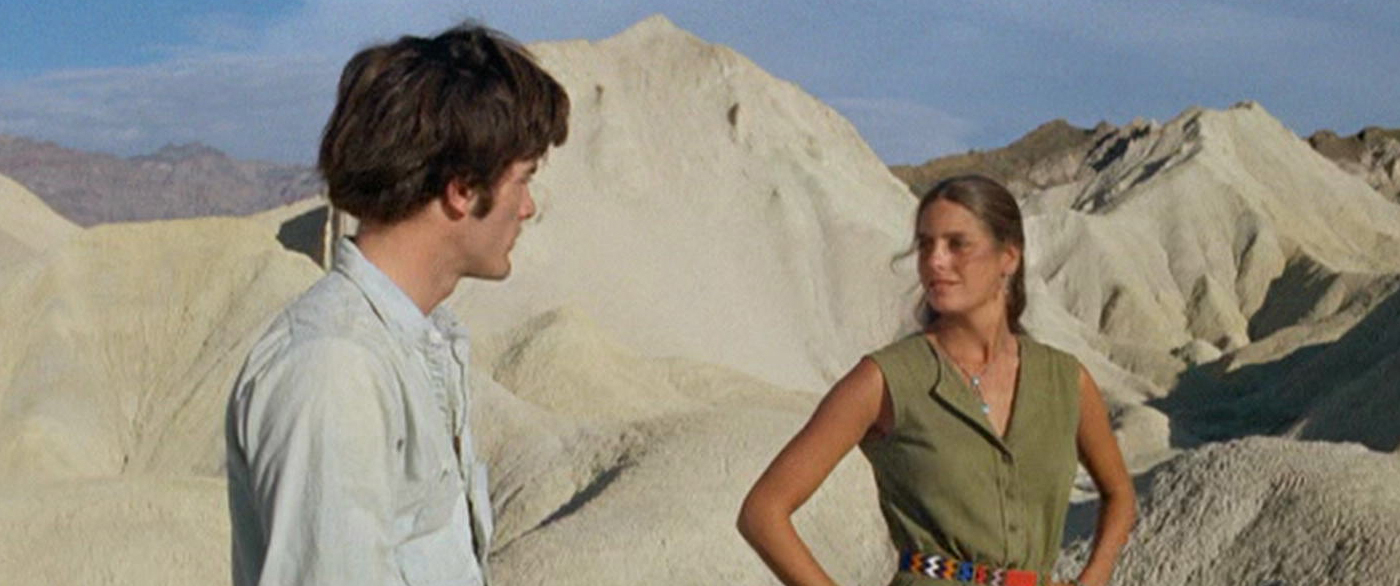
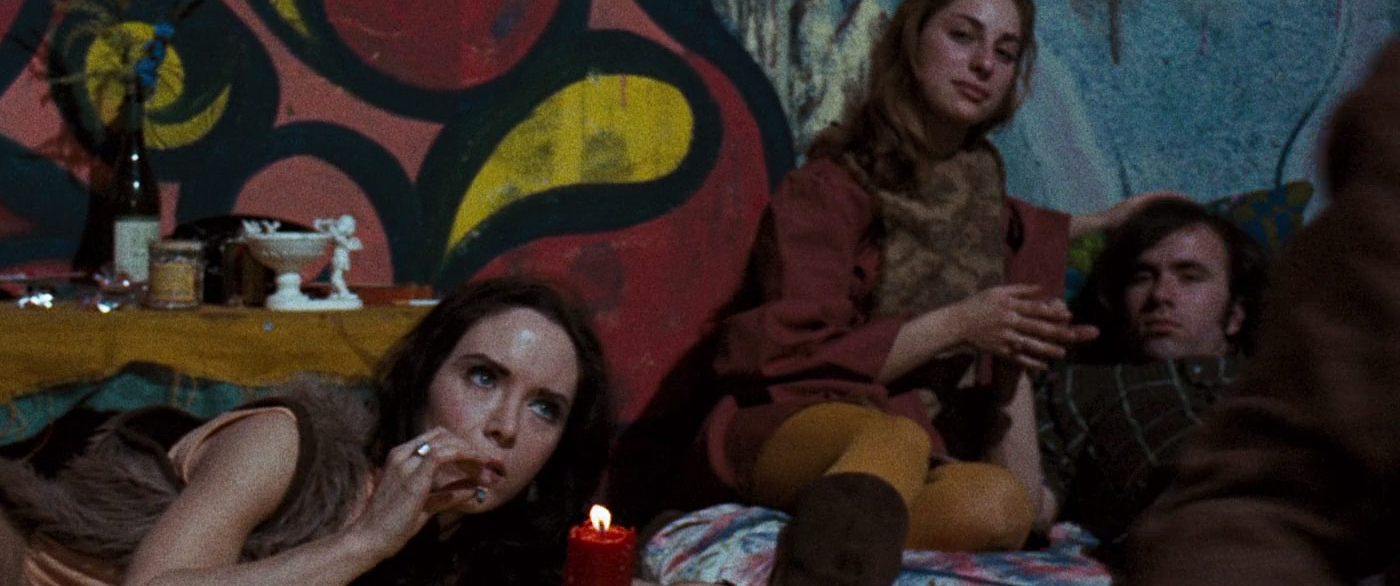 The trip (1967)
The trip (1967)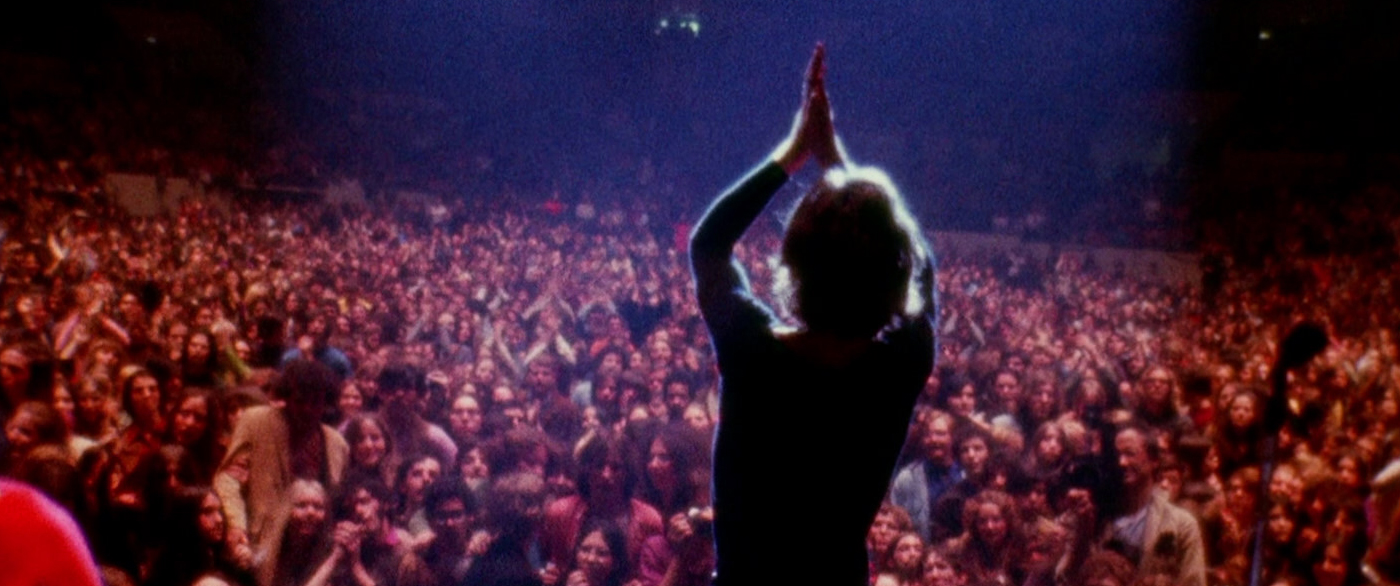
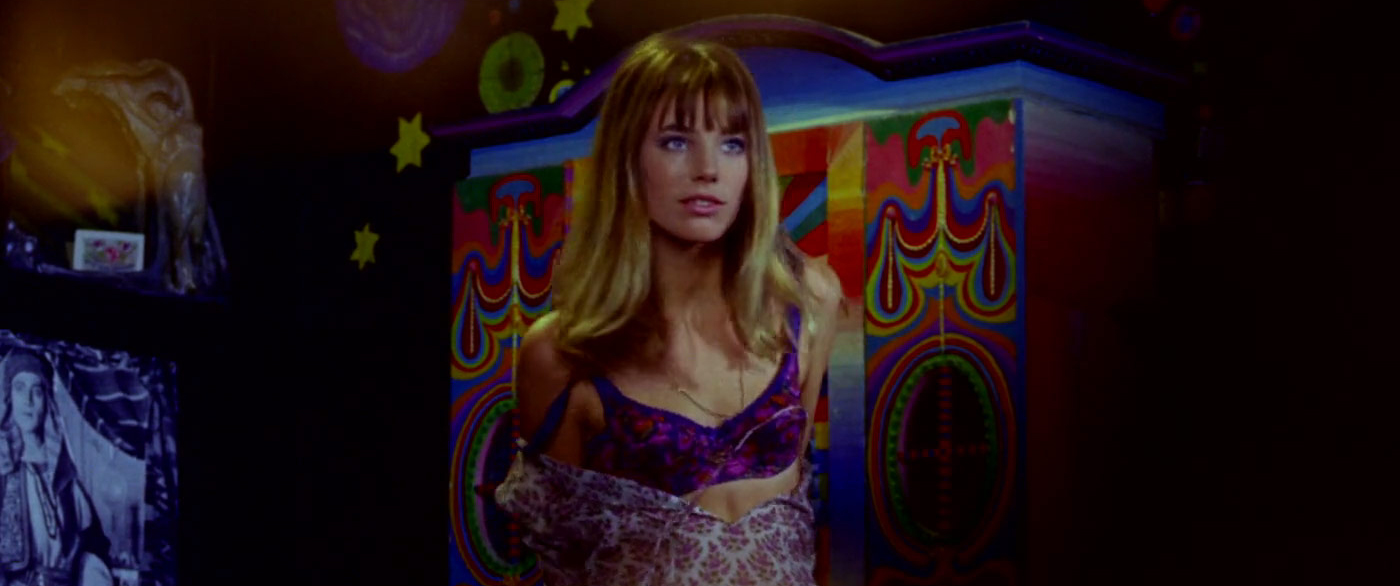 wonderwall (1968)
wonderwall (1968)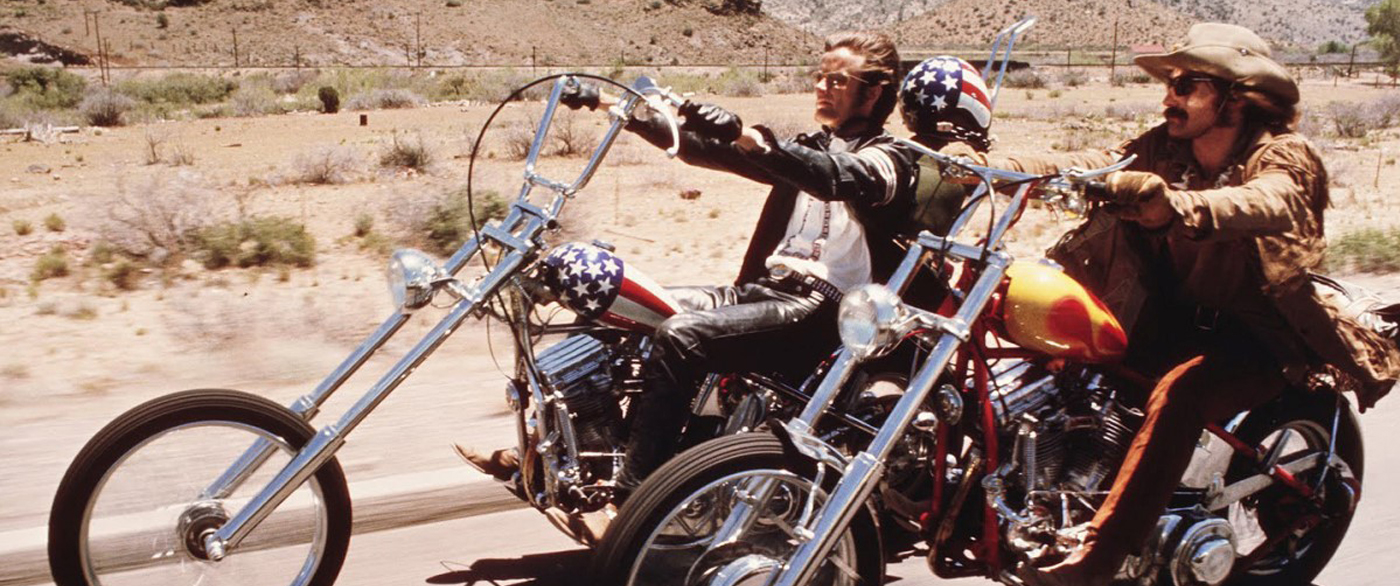 easy rider (1969)
easy rider (1969)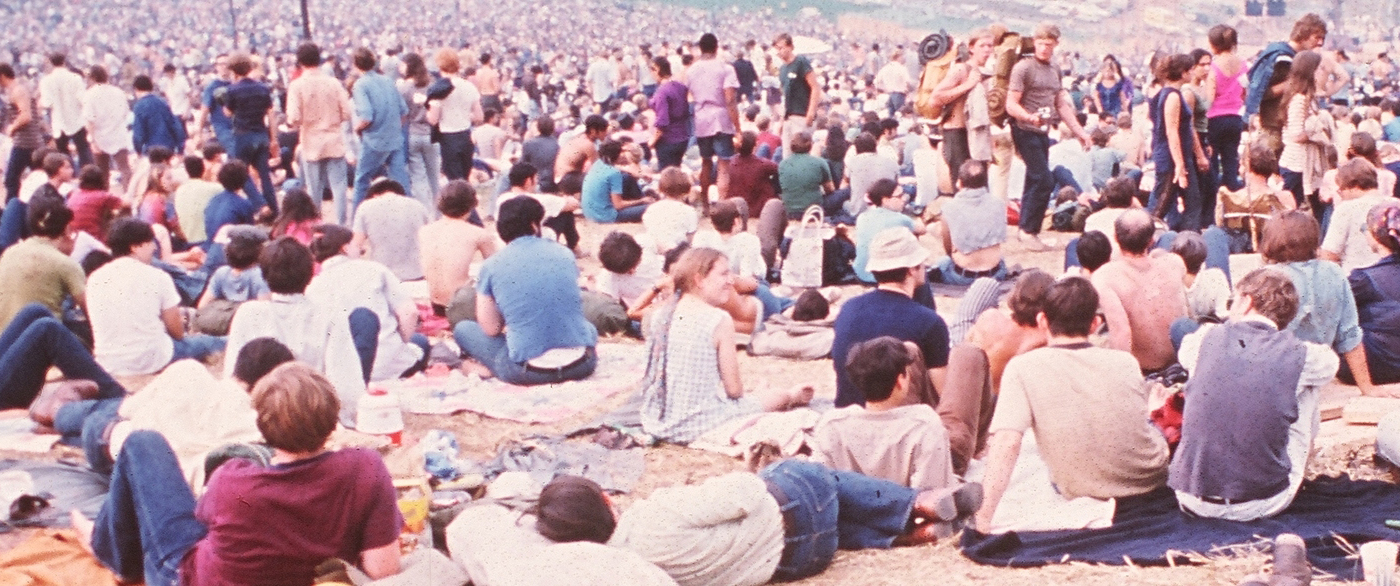 woodstock (1970)
woodstock (1970)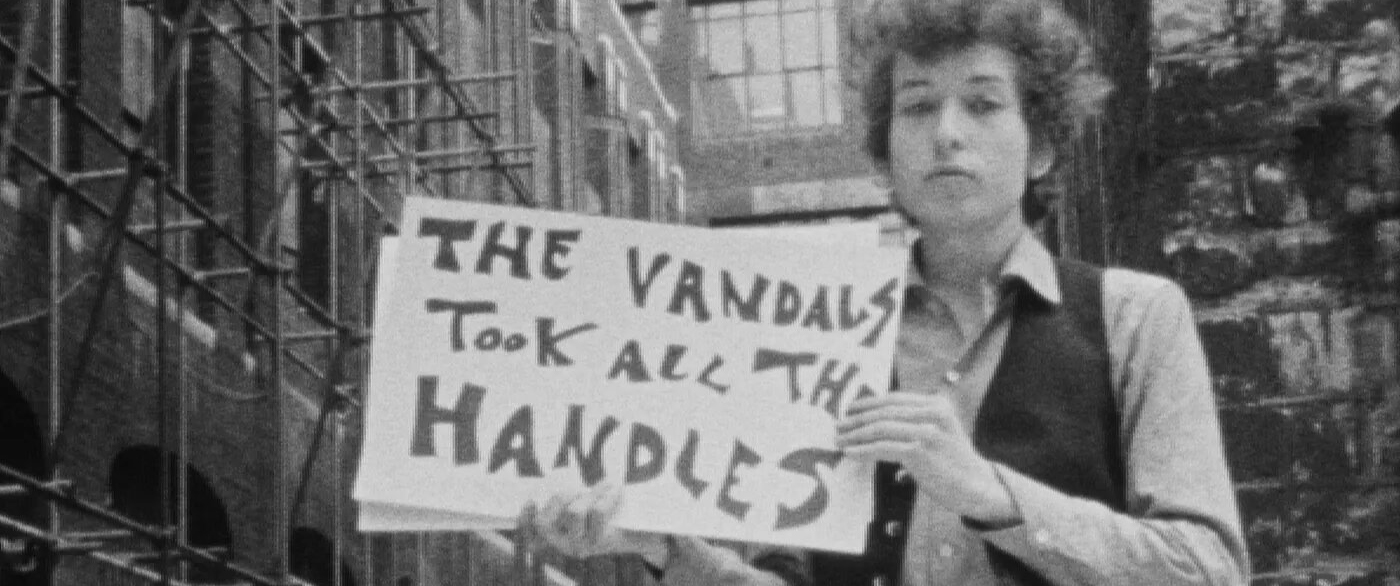 don’t look back (1967)
don’t look back (1967)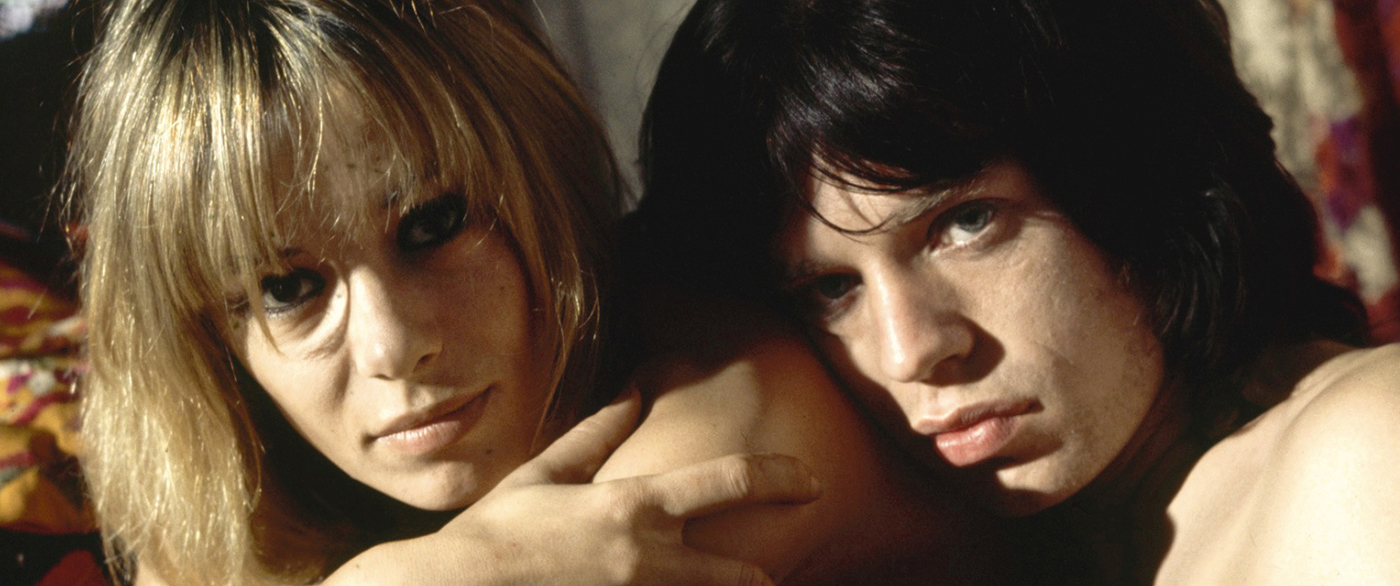 performance (1970)
performance (1970)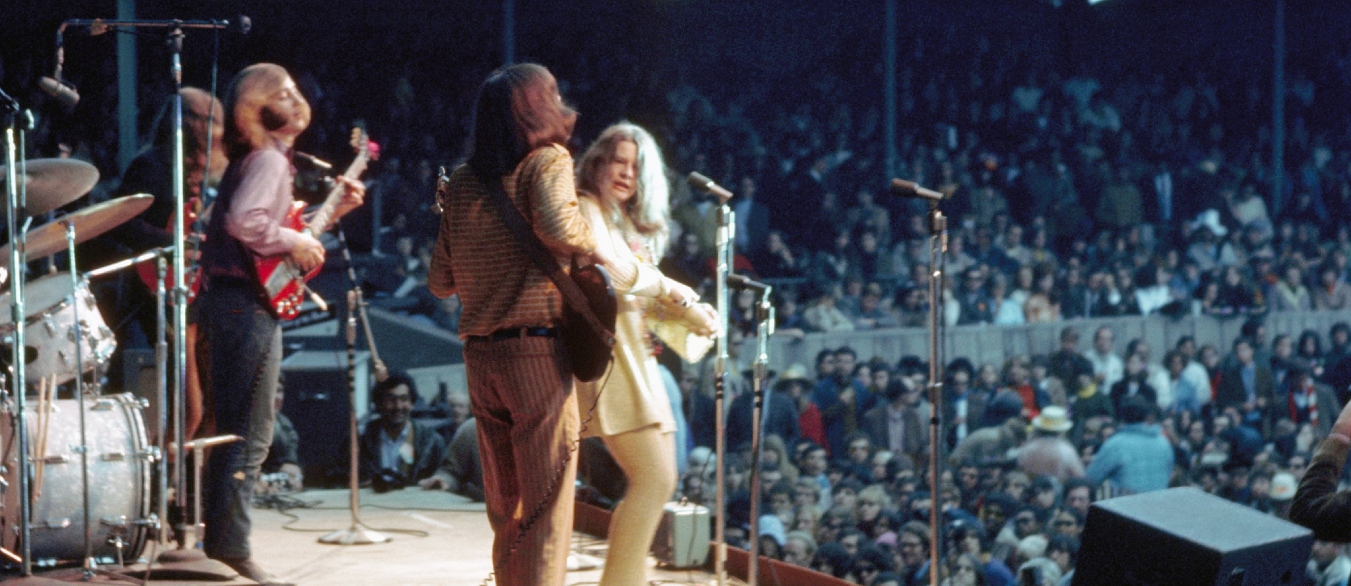 monterrey pop (1968)
monterrey pop (1968)